The fences constructed at the Carbon in PermafrostPermanently frozen ground. Experimental Heating Site are a natural means of heating the ground underneath. When the snow builds up on one side of the fence it insulates the ground more and raises its temperature 2-3 degrees.
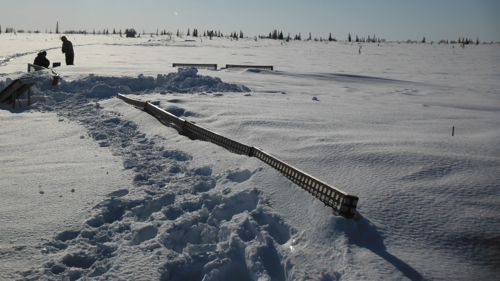
The experiments at CiPEHR conducted by principal investigators Ted Schuur and Sue Natali as well as researcher Elizabeth Webb examine what happens when tundra with permafrost is heated 2-3 degrees. The motivation for the experiments is: a. To find out what is the impact of climate change on Alaska. b. How what happens in Alaska effects the global climate. A 2-3 degree warming of Alaskan tundra is one of the potential effects of climate change.
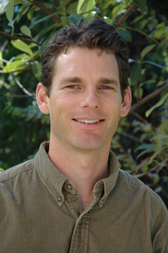

In the early season prior to melt the snow that has built up on the heating side (experimental) of the fence has to be removed to match the other side of the fence (control). Otherwise the additional snow and the subsequent water it produces during melt would affect the results of the experiment, which is only measuring the effect of heating on the ground underneath. The three experimental plots measure in size 20m x 12m (65’ x 40’). The average depth of snow over the experimental side of the fence this year was 100cm. The snow needed to be removed to a height of 55 to 65cm to match the control side of the fence.
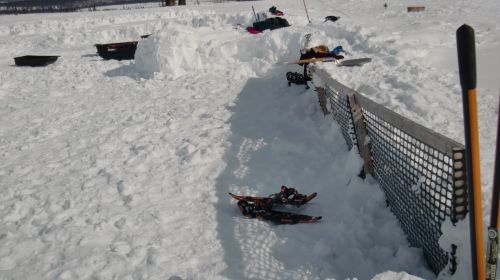
The snow is moved by hand from the experimental plots to 30 or so meters downhill of the site. Shoveling Week is what the Shuur Lab calls this process. It usually takes 8-10 people about 5-6 days to accomplish. Sometimes longer if mother nature doesn’t cooperate and it snows again after the fences are shoveled. The wind blows the snow right back up against the fences and it has to be removed again.
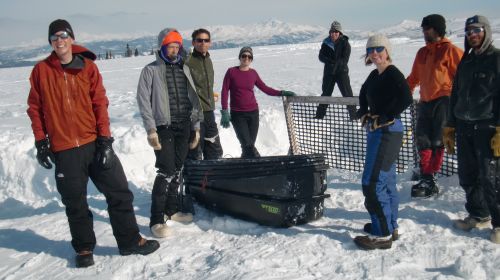
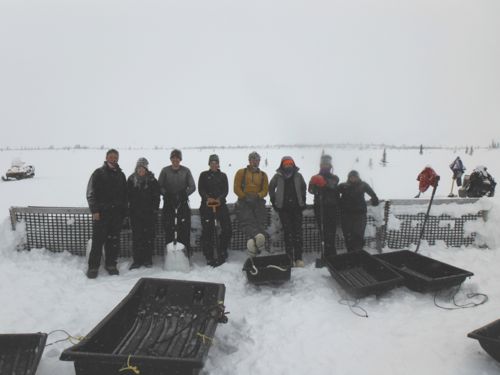
This years 2013 Shovel Team consisted of; Ted Schuur (Associate Professor and PI), Kristen Coe (Post-Doc Research Associate), Verity Salmon (Graduate Student), Elizabeth Webb (Graduate Student), Catherine Johnston (Associate with Schuur Lab.), John Krapek (Field Technician), Tom Lane(PolarTREC Teacher), Brian Charlton (Lead Field Tech, Bonanza Creek Long Term Ecological Research), Jamie Hollingsworth (Site Manager, BNZ LTER), JJ Neville (Healy Musher), Caleb Johnson(Cook, Denali Education Center)


Comments